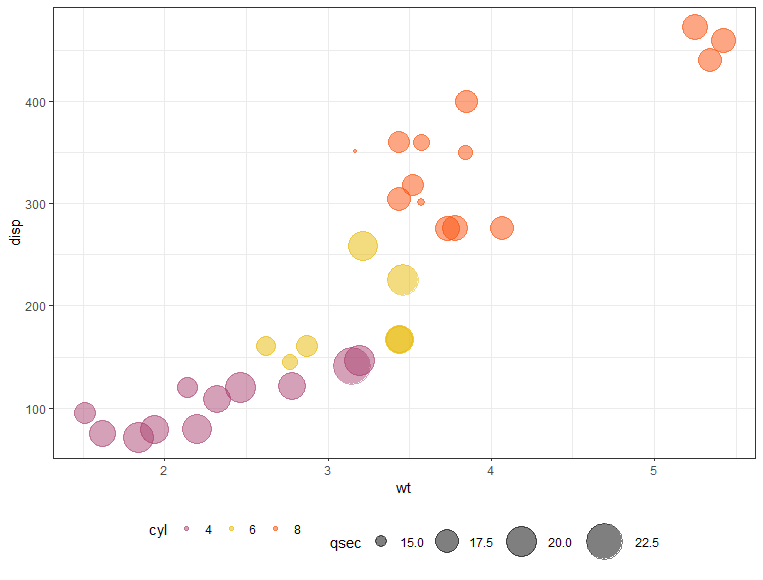Mastering the table() Function in R
Mastering the table() Function in R, The table() function in R is a powerful tool for creating frequency tables, allowing you to quickly summarize the distribution of variables in your data.
In this article, we’ll explore the basics of table() and demonstrate its applications through practical examples.
Step-by-Step Data Science Coding Course
Syntax:Mastering the table() Function in R
The basic syntax of the table() function is:
table(x)Where x is a vector or a data frame.
Example 1: Frequency Table for One Variable
Let’s start with an example that demonstrates how to create a frequency table for the position variable in our data frame:
# Create data frame
df <- data.frame(player = c('AddJ', 'Bodkjgb', 'Chdgad', 'Dadgjdsn', 'dsjghdric', 'Frandgsk'),
position = c('A', 'B', 'B', 'B', 'B', 'A'),
points = c(51, 52, 52, 81, 70, 50))
# View data frame
df
# Calculate frequency table for position variable
table(df$position)
The output will be a vector containing the frequency of each level of the position variable.
A B 2 4
Example 2: Frequency Table of Proportions for One Variable
In this example, we’ll use prop.table() to create a frequency table of proportions for the position variable:
# Calculate frequency table of proportions for position variable prop.table(table(df$position))
The output will be a vector containing the proportion of each level of the position variable.
A B 0.3333333 0.6666667
Example 3: Frequency Table for Two Variables
Let’s create a frequency table for the position and points variable:
# Calculate frequency table for position and points variable table(df$position, df$points)
The output will be a matrix containing the frequency of each combination of levels of the position and points variables.
50 51 52 70 81
A 1 1 0 0 0
B 0 0 2 1 1
Example 4: Frequency Table of Proportions for Two Variables
In this example, we’ll use prop.table() to create a frequency table of proportions for the position and points variable:
# Calculate frequency table of proportions for position and points variable prop.table(table(df$position, df$points))
The output will be a matrix containing the proportion of each combination of levels of the position and points variables.
50 51 52 70 81
A 0.1666667 0.1666667 0.0000000 0.0000000 0.0000000
B 0.0000000 0.0000000 0.3333333 0.1666667 0.1666667
Tips and Variations
- You can use additional arguments with
table()to specify specific levels or subsets of your data. - You can use
prop.table()to create frequency tables of proportions instead of frequencies. - You can use
options()to specify how many decimals to display in your proportion table. - You can use
table()with other types of data structures, such as lists or matrices.
Conclusion
In conclusion, the table() function is a powerful tool in R that allows you to quickly create frequency tables and summarize the distribution of variables in your data.
By mastering this function, you can gain valuable insights into your data and make informed decisions.
With its flexibility and versatility, table() is an essential tool for any R programmer.
- Error in apply: dim(X) must have a positive length
- What is an adaptive clinical trial?
- Highest Paying Data Science Skills-You should know!
- How to Identify Outliers-Grubbs’ Test in R
- Repeated Measures of ANOVA in R Complete Tutorial
- Kerala lottery scams – How to avoid them?
- Data-must-be-a-data-frame-or-other-object-coercible-by-fortify-not-an-s3-object-with-class-uneval
- Change Legend Position in R Plots with examples
- How to Perform Univariate Analysis in R





